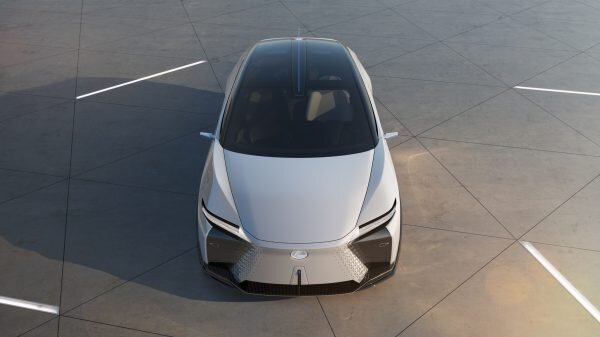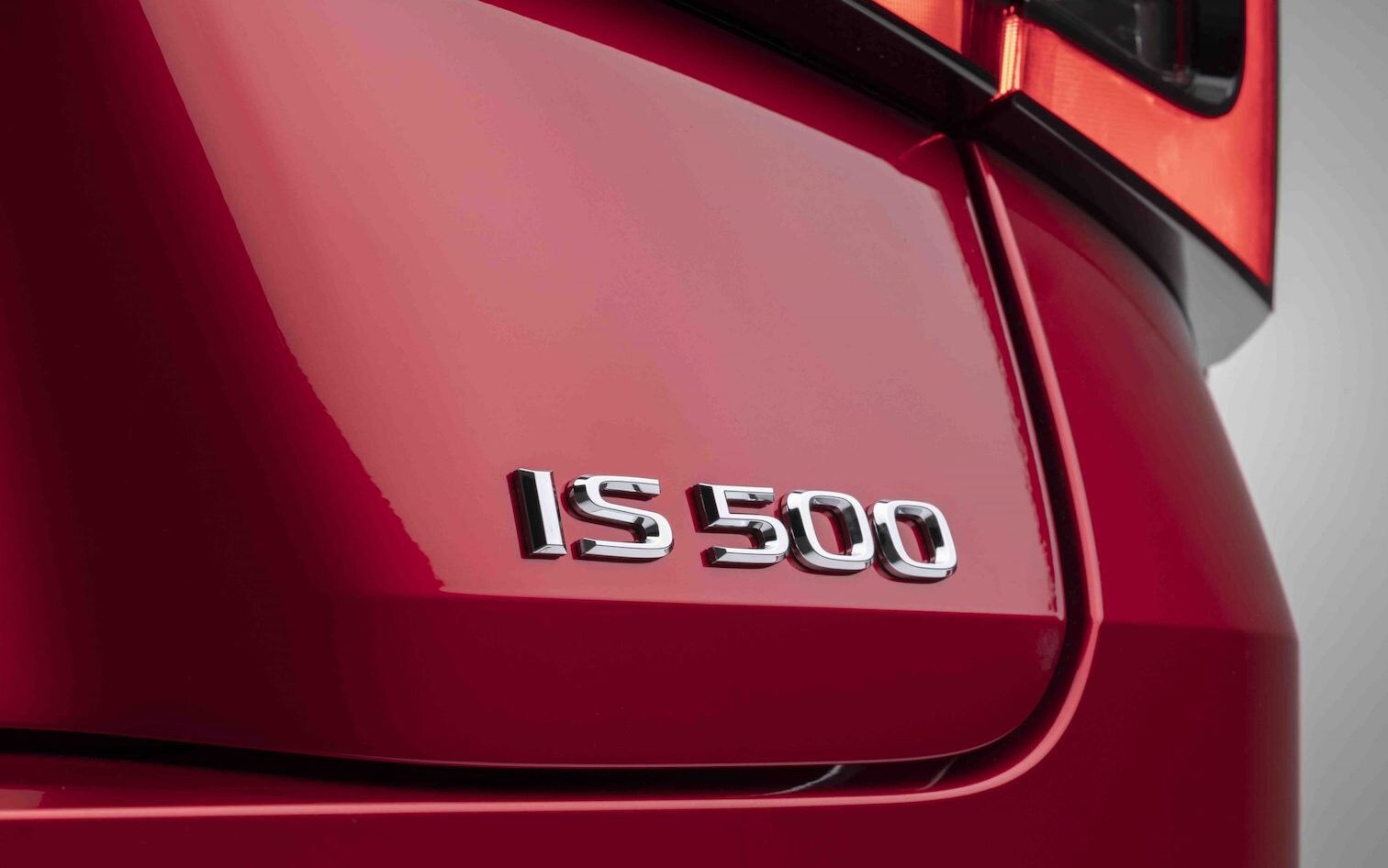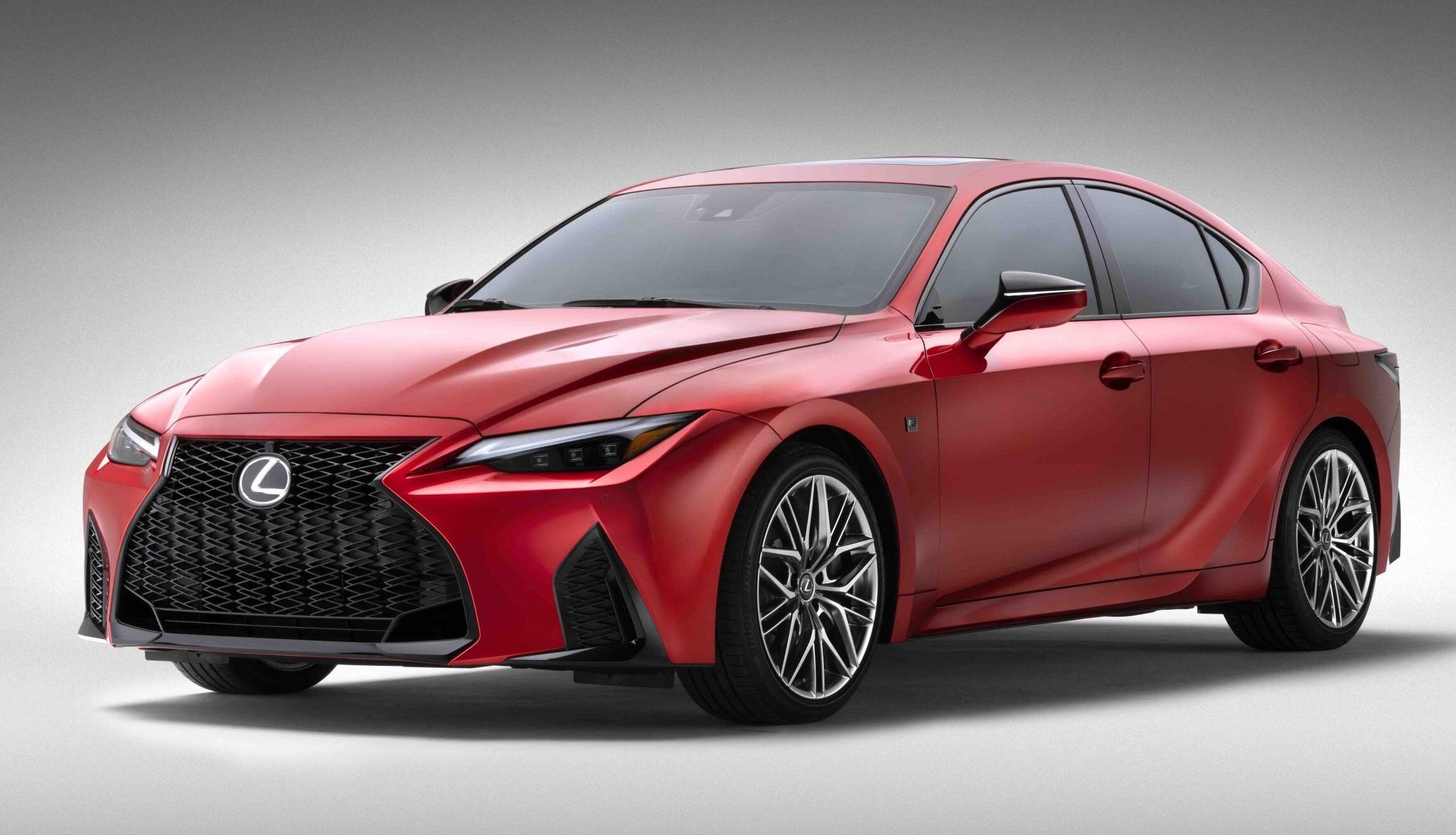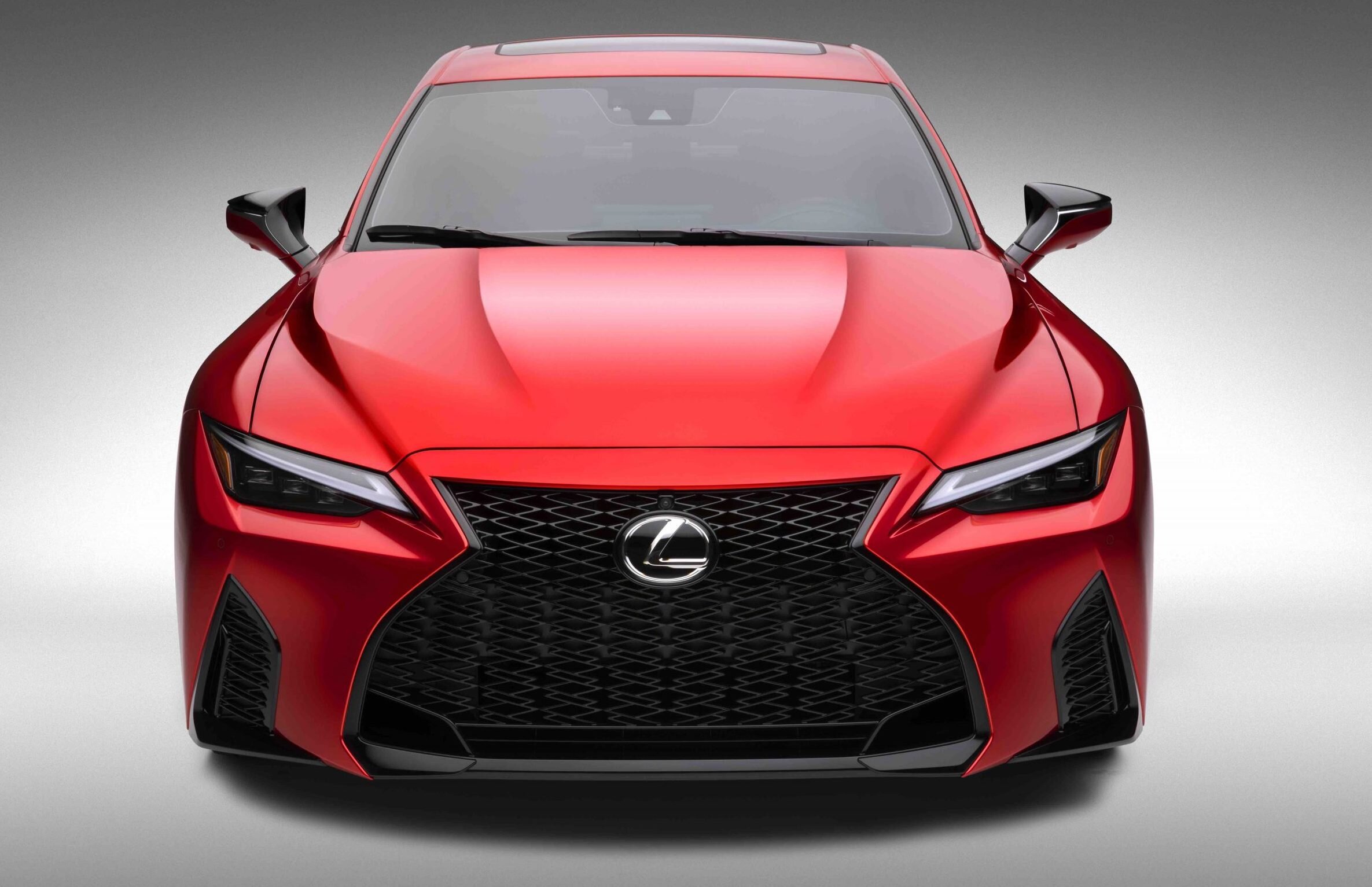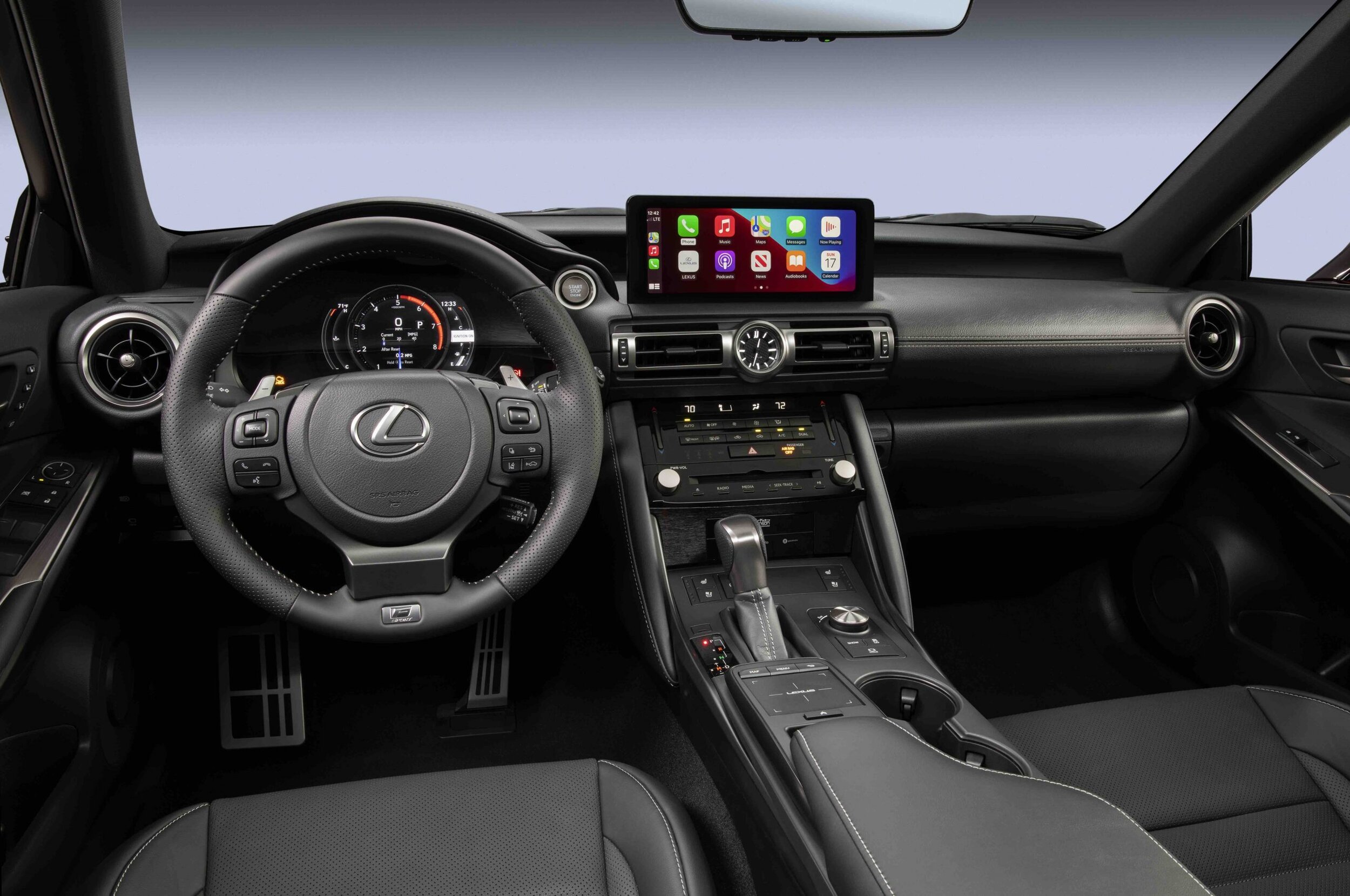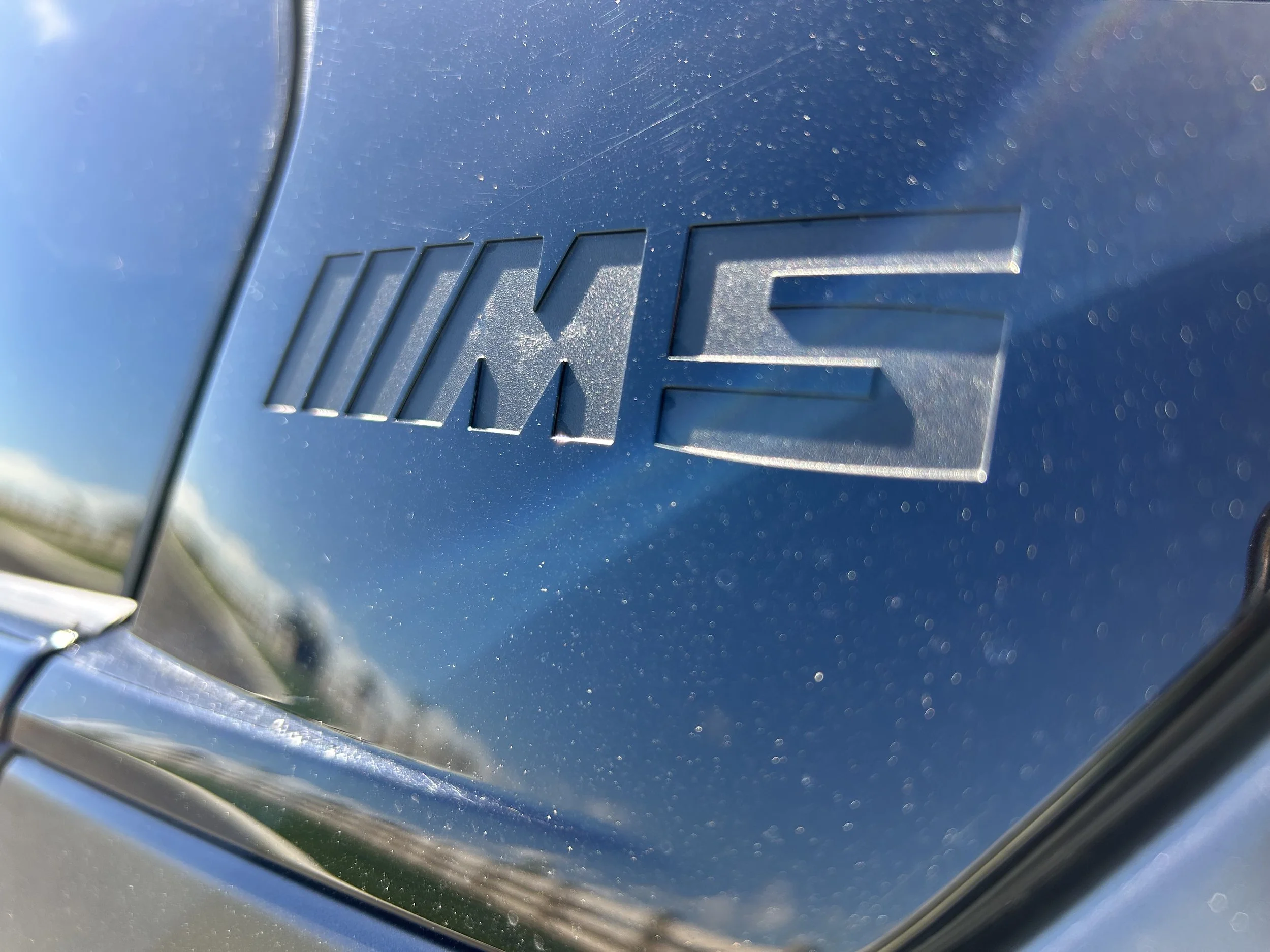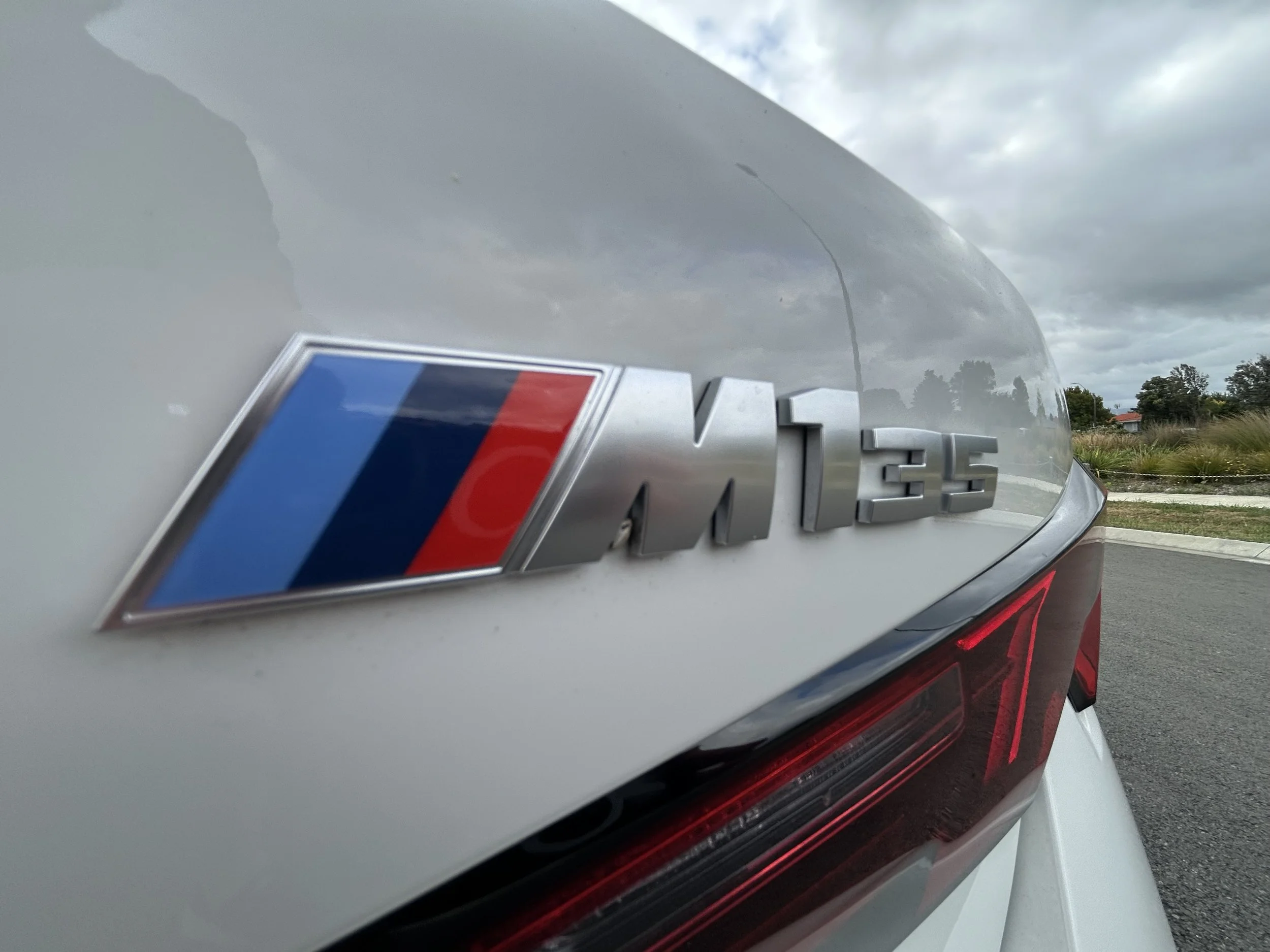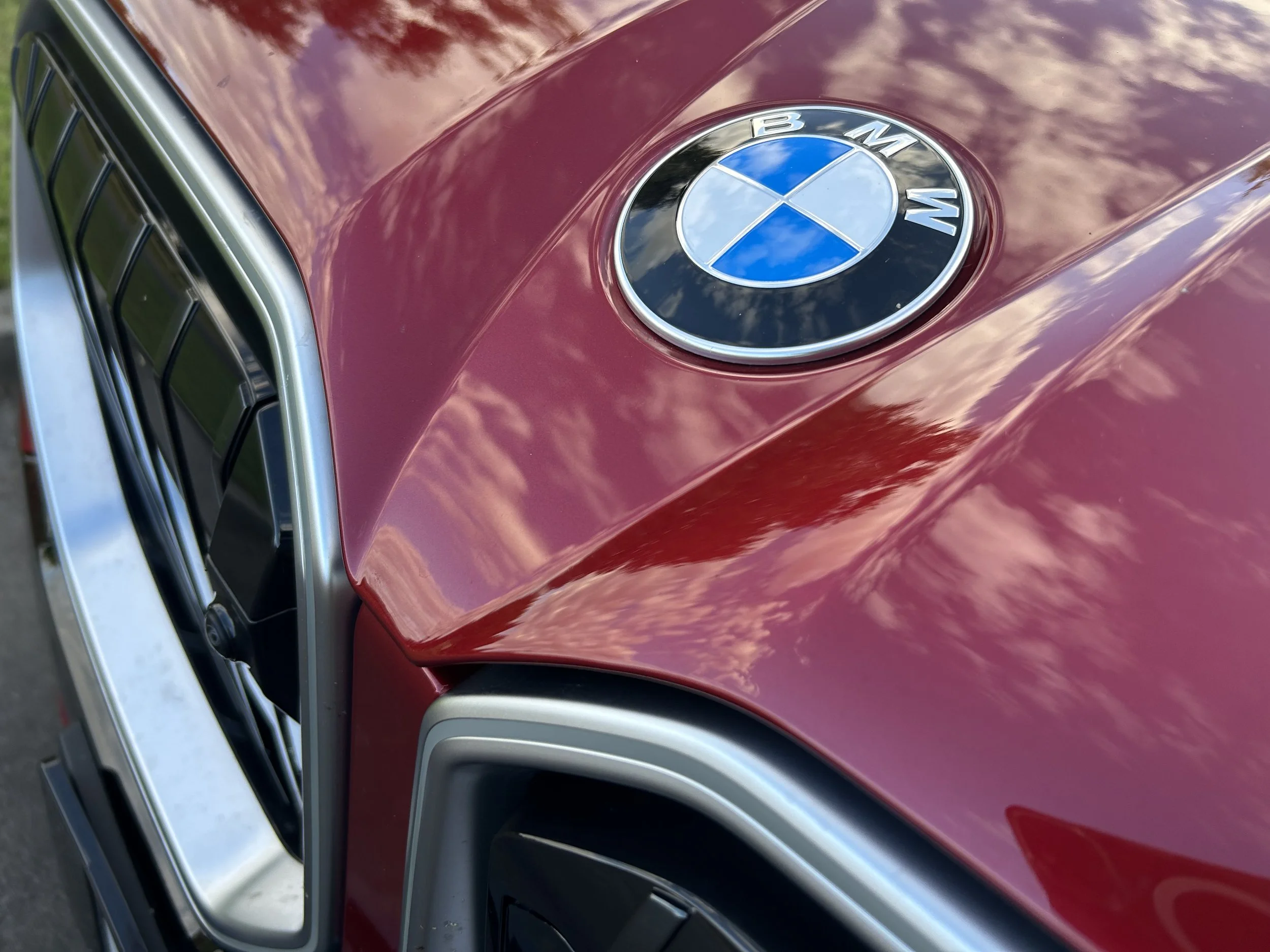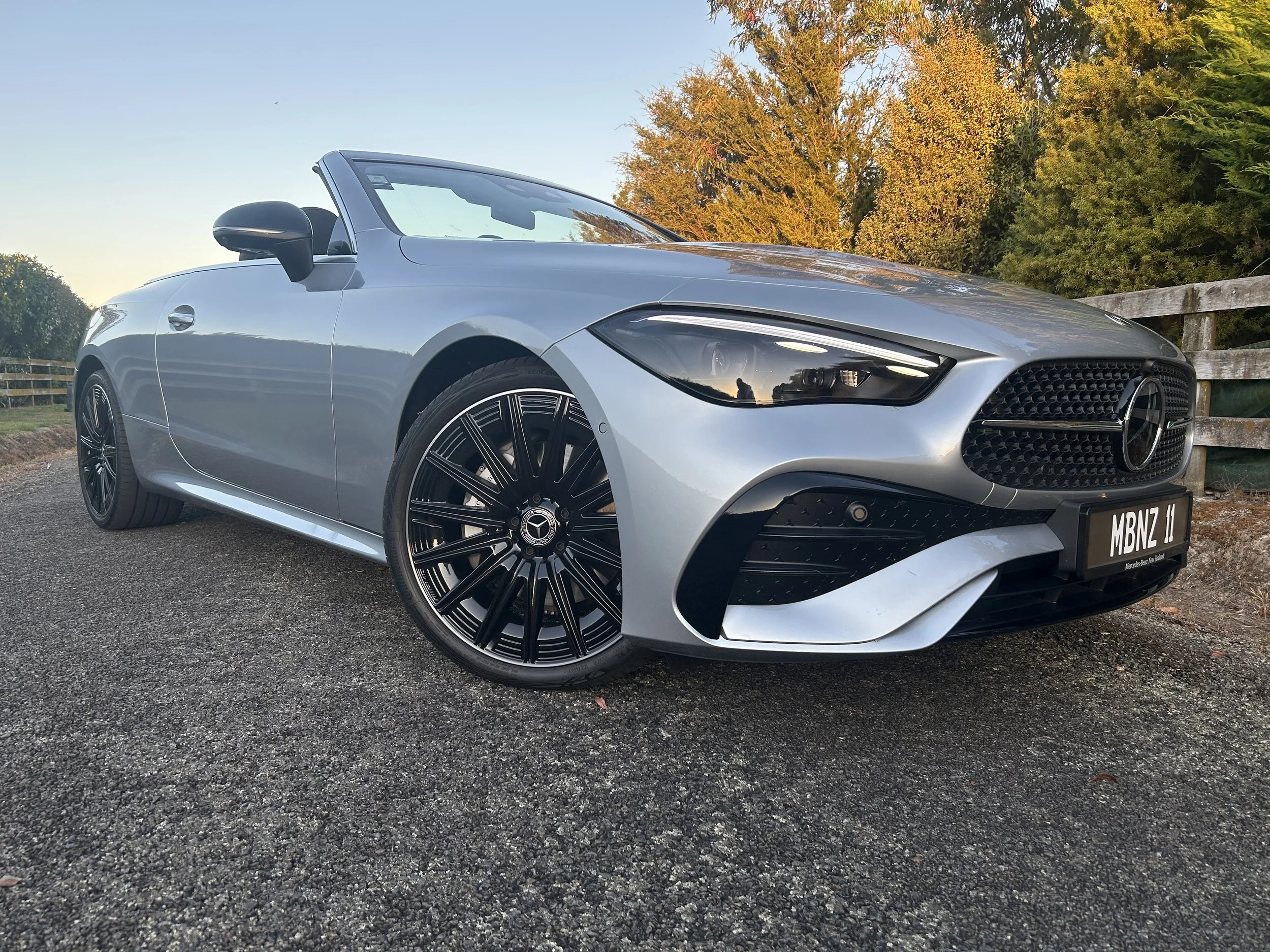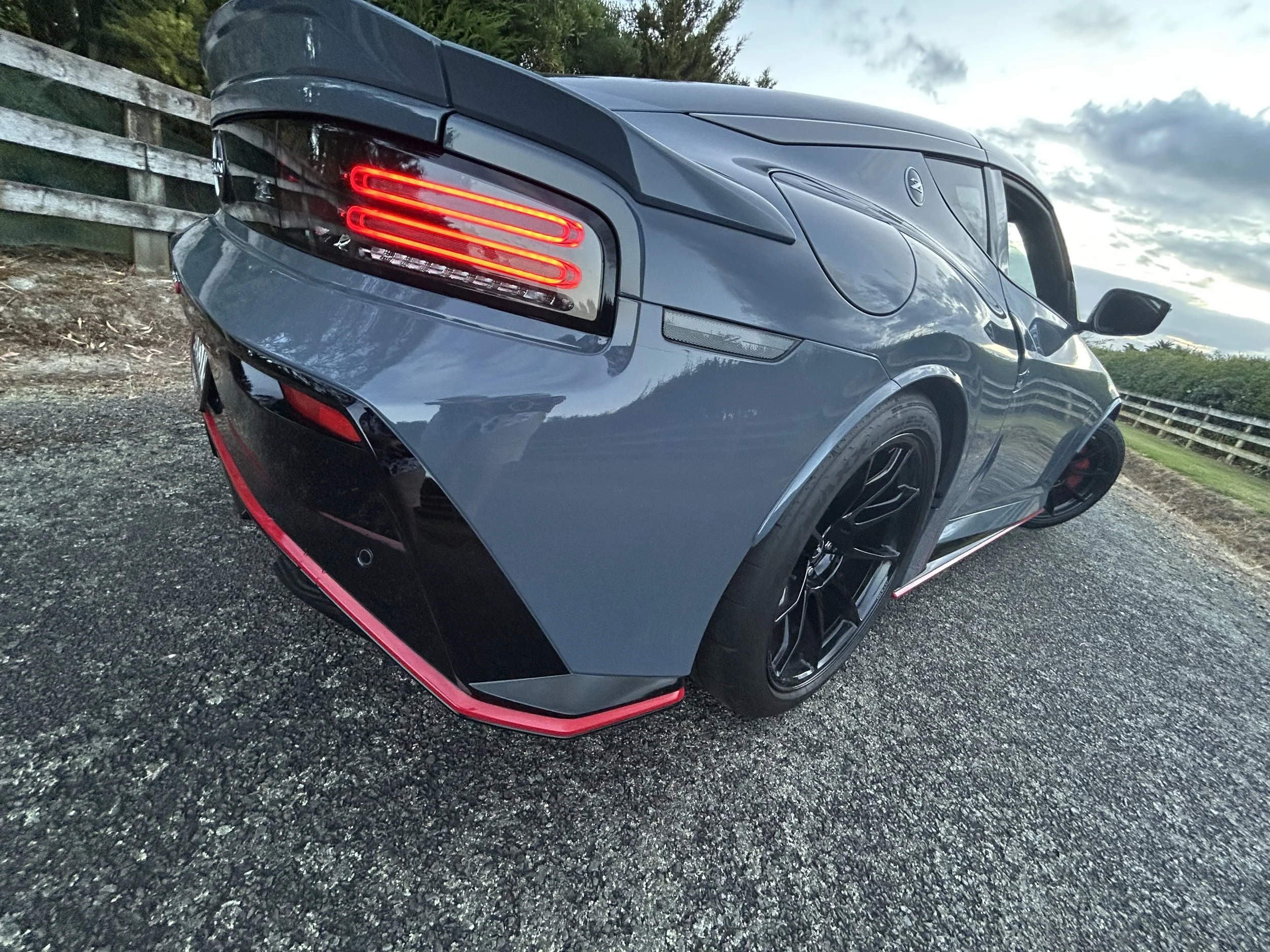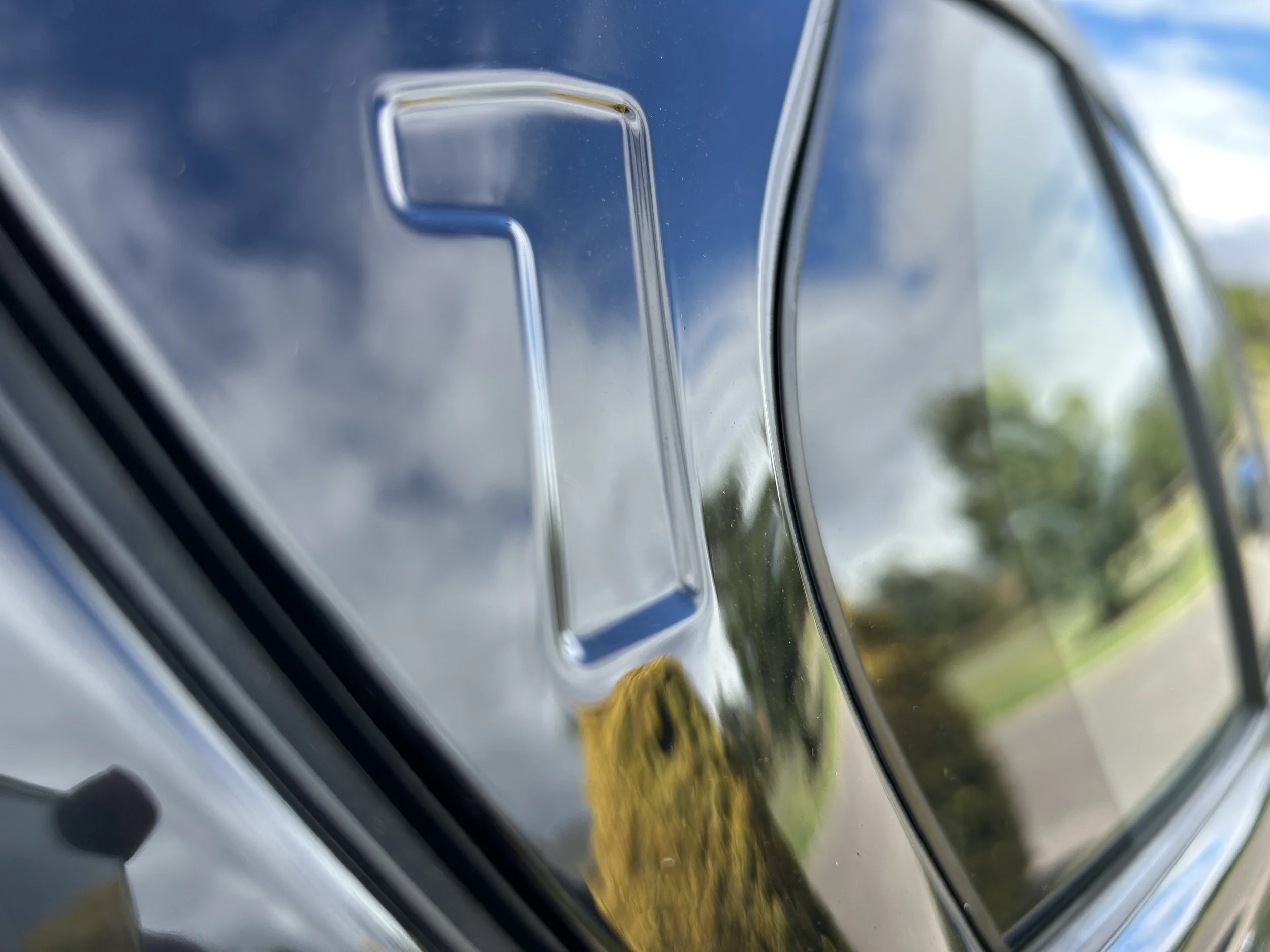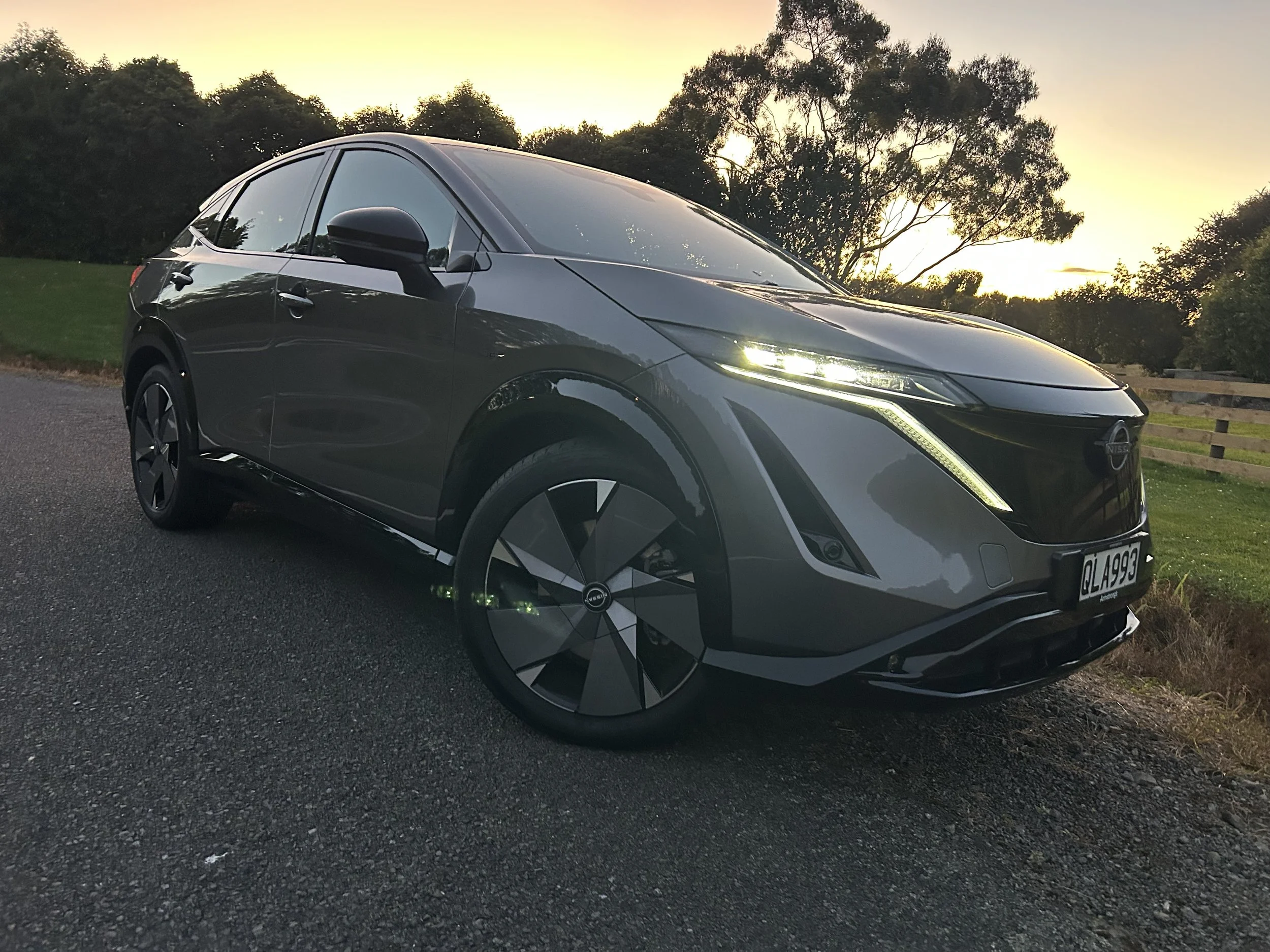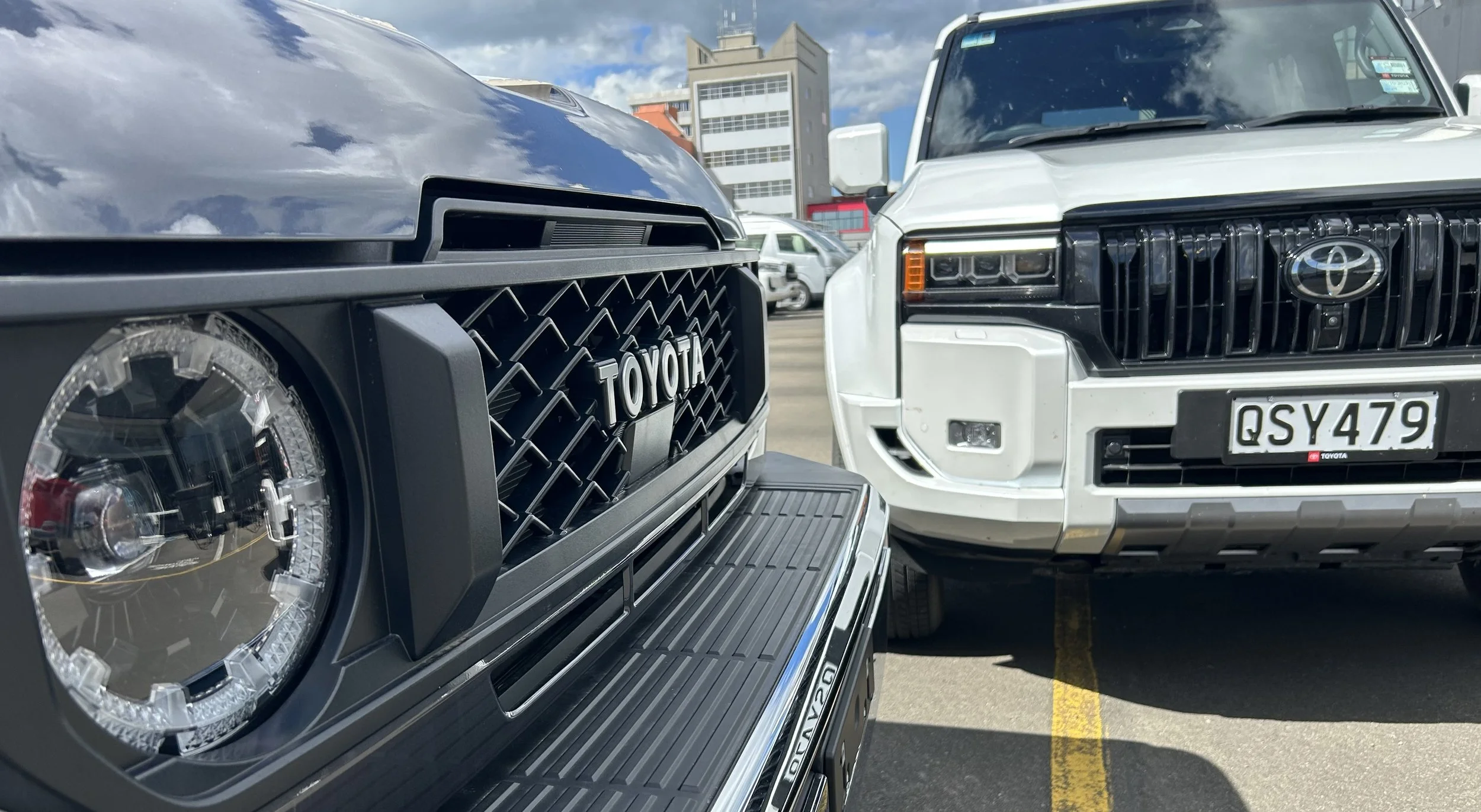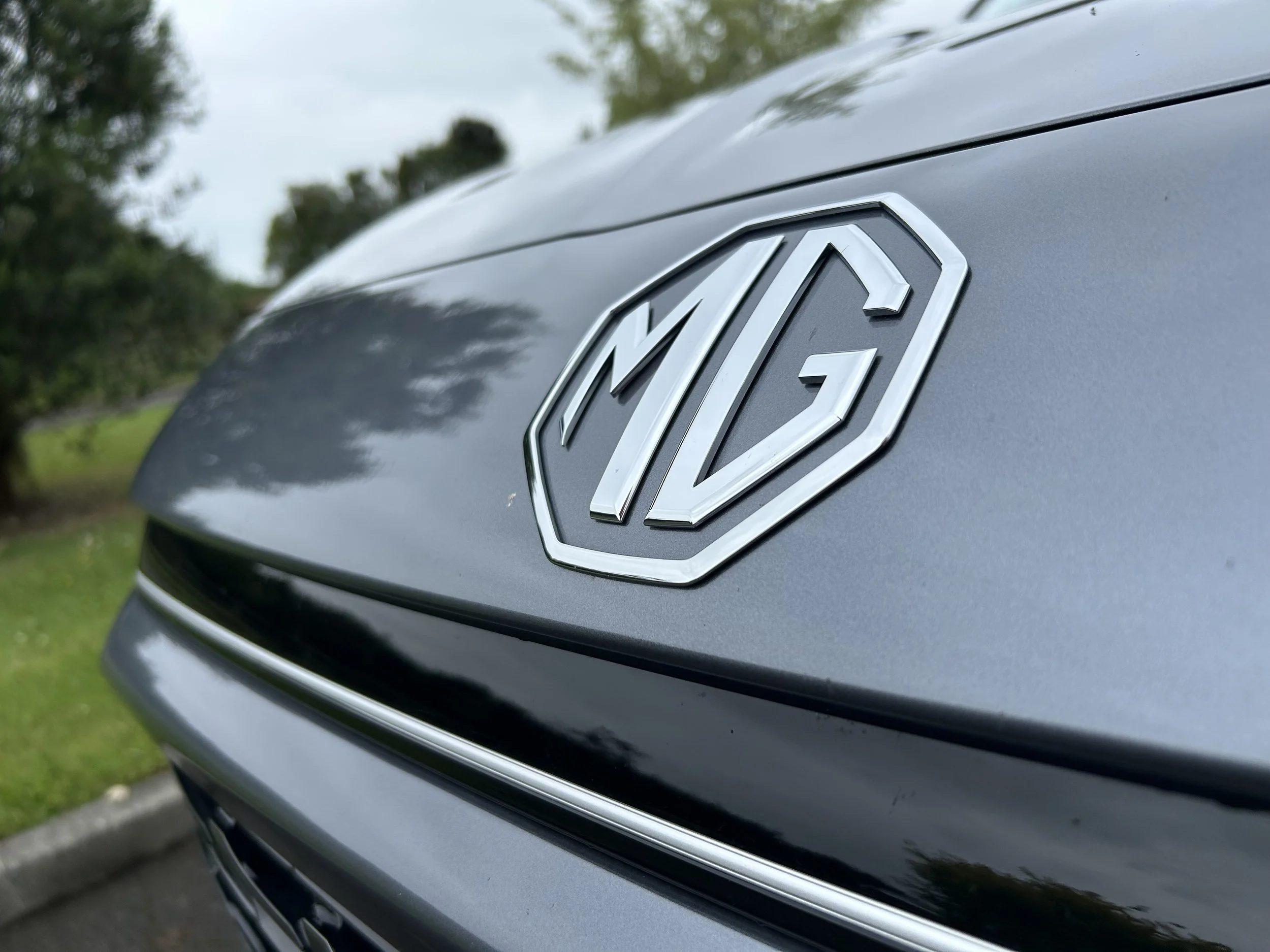Future electric Lexus zaps in
/The LF-Z, a full immersion by Toyota’s premier league maker into an all-electric future, is designated a concept – but it also appears all but ready to roll into the showroom.
THEY call it LF-Z Electrified and, officially, it’s just a preview of what a Lexus designed from the ground up to be all-electric could look like.
With Toyota’s premium brand also announcing overnight intent to introduce 20 all-new or redesigned vehicles globally by 2025, at least half of which executives say will be all-electric or electrified hybrid models, there’s growing speculation this apparently fully operational four-seater SUV crossover here will be heading into production as a next step beyond its only current electric offer, the NX300e.
With a cab-rearward design that is unusual for an SUV, the LF-Z Electrified features many of the company’s signature design elements such as the ‘big tick’ headlights and spindle grill, but with new, more modern interpretations.
The interior features a somewhat minimalist design aside from driver-centric cockpit screens. It’s a driver-focused layout, with a mixture of switches on the steering wheel and a head-up display. The rear of the cabin features two bucket seats.
Lexus already has an electric car and it is expected in New Zealand later this year. But it’s a version of the NX, which was designed for combustion engines. LF-Z goes the next step; there’s no sign it will have an ICE powertrain.
The brand says the car sits on a bespoke electric platform, which is almost certain to be e-TNGA, the EV-specific underpinnings on which Toyota will base its upcoming BZ series of models. The first BZ is set to be unveiled within days.
At 4880mm long and 1600mm tall, the LF-Z Electrified is just 10mm shorter than Lexus’s most popular SUV here, the RX, but the roofline is obviously lower, by 80mm according to the maker. The EV’s wheelbase is 160mm longer, too.
The LF-Z features Lexus’s DIRECT4 four-wheel-drive system and an electric motor set-up producing a total of 400kW and 700Nm of torque – enough to take the LF-Z Electrified from 0-100kmh in three seconds.
Lexus says the battery is a 90kWh lithium-ion unit, and that the LF-Z can travel for up to 600km between recharges. Its maximum recharging speed is 150kW.
Lexus president, Koji Sato, has announced that the brand’s product refresh will kick in before the end of 2021.
“Starting with two new models to be released this year,” he said.
“We will continue to develop innovative products that will add colour to the diversifying lifestyles of our customers.”
Lexus New Zealand has yet to explain how the impending model roll out will impact on its own operation, but chief executive Neeraj Lala has offered that: “The automotive industry both globally and in New Zealand are entering a period of once-in-a-century transformation.
“In addition to the growing imperative to achieve carbon neutrality for the betterment of the planet customers lifestyles and values are changing and diversifying at a speed previously unimagined.”
“Lexus will continue to lead the luxury market in New Zealand in reducing CO2 emissions and is looking at its future powertrain offerings. By 2025 Lexus plans to introduce 20 new or improved models, including more than 10 electrified models such as BEVs, PHEVs and HEVs, based on the concept of offering the right products in the right place at the right time.“
“Vehicle concepts like the LF-Z Electrified, excite the senses and give you a true feeling of what Lexus and Experience Amazing means,” says Lala.
Since the launch of the RX 400h – the world’s first luxury hybrid electric vehicle – in 2005, Lexus customers have purchased nearly two million electrified vehicles globally, as at the end of 2020. Lexus globally offers nine models of (HEVs) and battery electric vehicles (BEVs) in approximately 90 countries and regions around the world.
“In New Zealand we have seen customers moving to Lexus Electrified product with a 38 percent increase year to date*,” says Andrew Davis, Lexus New Zealand general manager. “Seventy-one percent of these sales are hybrid-electric powertrains.”
By 2050, Lexus aims to achieve carbon neutrality throughout the lifecycle of its entire model lineup – from the manufacturing of materials, parts and vehicles to vehicle logistics, to the final disposal and recycling of older vehicles.
“Lexus has always pursued both performance and sustainability, and through the Lexus electrified vision, will continue to use technology to create a sustainable future while still embracing the enjoyment and pleasure that cars offer customers,” says Lala.



